According provided by SMC TAKUMAR 1: 1.4 / 50 ASAHI OPT lens. CO., JAPAN many thanks to Alexander K.
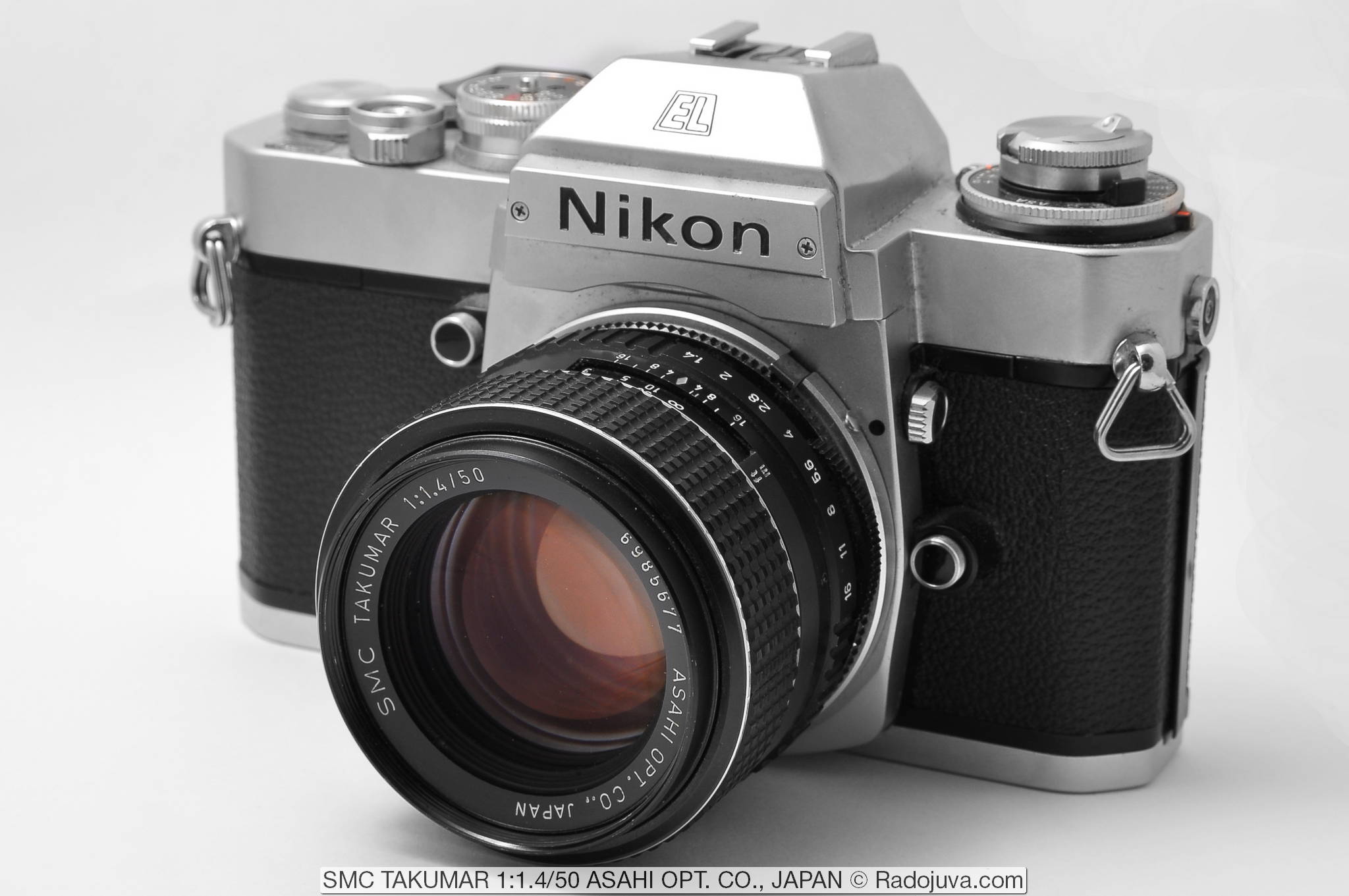
SMC TAKUMAR 1: 1.4 / 50 ASAHI OPT. CO., JAPAN. The lens is shown in film mirror Nikon EL2 camera. Installed with an adapter M42-Nikon F
In short
SMC TAKUMAR 1: 1.4 / 50 ASAHI OPT. CO., JAPAN - an old classic 7-aperture lens on the Planar 6/XNUMX scheme. Can serve as a good and inexpensive creative lens these days.
From previous version Super-Multi-Coated TAKUMAR 1: 1.4 / 50 ASAHI OPT. CO., JAPAN (production code 37902, indicated on the MAN./AUTO switch) model SMC TAKUMAR 1: 1.4 / 50 ASAHI OPT. CO., JAPAN (from this review) features an updated SMC enlightenment.
Unlike the previous version of the lens and / or the SMC TAKUMAR 1: 1.4 / 50 enlightenment does not turn yellow over time, or turns yellow much less pronounced, which makes it easy to use the lens without color distortion.
There is a small 'family' of Takumar 1: 1.4 / 50 lenses from which four main models can be distinguished: Super takumar with 8 lenses Super takumar with 7 lenses, Super-Multi-coated takumar and SMC Takumar (from this review).
All major versions of similar lenses Asahi Opt. Co., Takumar / Pentax:
1.2/50
- SMC PENTAX 1: 1.2 / 50 ASAHI OPT. CO., JAPAN (7/6, 20947, 1975-1984)
- SMC PENTAX 1:1.2/50 ASAHI OPT. CO.,JAPAN'GOLD' (7/6, 1981)
- SMC PENTAX-A 1: 1.2 50mm (7/6, 20987, 1984-2004)
- SMC PENTAX-A 1: 1.2 50mm Special (7/6, 2000)
1.4 / 50 (video)
- Super takumar 1: 1.4 / 50 Asahi Opt. Co., Lens made in Japan (8/6, 358, 1964-1966)
- Super takumar 1: 1.4 / 50 Asahi Opt. Co. Lens made in japan (7/6, 37800, 1965-1971, F/2 in number)
- Super takumar 1: 1.4 / 50 Asahi Opt. Co. Lens made in japan (7/6, 37801, 1965-1971, F/2 dot)
- Super takumar 1: 1.4 / 50 Asahi Opt. Co., Lens made in Japan (7/6, 37802, 1965-1971, comma after 'CO.')
- Super-Multi Coated TAKUMAR 1: 1.4 / 50 ASAHI OPT. CO., JAPAN (7/6, 37902, 1971-1972)
- SMC TAKUMAR 1: 1.4 / 50 ASAHI OPT. CO., JAPAN (7/6, 37908, 1972-1975)
- SMC PENTAX 1: 1.4 / 50 ASAHI OPT. CO., JAPAN (7/6, 20847, 1975-1977)
- SMC PENTAX-M 1: 1.4 50mm ASAHI OPT. CO., JAPAN (7/6, 20867, 1977-1984)
- SMC PENTAX-A 1: 1.4 50mm (7/6, 20887, 1984-1989)
- SMC PENTAX-F 1: 1.4 50mm (7/6, 20827, 1987-1991)
- SMC PENTAX-FA 1: 1.4 50mm (7/6, 20817, 1991-2023)
- HD PENTAX-D FA * 1: 1.4 50mm SDMAW (15/9, 21260, 2018->)
- SMC PENTAX-FA 1: 1.4 50mm Classic (7/6, 2023->)
- HD PENTAX-FA 1: 1.4 50mm (7/6, 2023->)
1.8 / 55 (video)
- takumar 1:1.8 f=55mm Asahi OPT. CO., Japan (6/5, 1958, zebra)
- Auto-takumar 1:1.8 f=55mm Asahi OPT. CO., Japan (6/5, 1958-1960, zebra)
- Auto-takumar 1:1.8/55 ASAHI OPT. CO., Lens made in Japan (6/5, 1960, with 'R')
- Auto-takumar 1:1.8/55 ASAHI OPT. CO., Lens made in Japan (6/5, 1960-1962, no 'R', oblique lines of the depth of field)
- Auto-takumar 1:1.8/55 ASAHI OPT. CO., Lens made in Japan (6/5, 1962, no 'R', straight lines of depth of field)
- Super takumar 1: 1.8 / 55 Asahi Opt. Co., Lens made in Japan (6/5, 1962, fine ribs, f/1.8 left)
- Super takumar 1: 1.8 / 55 Asahi Opt. Co., Lens made in Japan (6/5, before 1965, fine ribs, f/1.8 right)
- Super takumar 1: 1.8 / 55 Asahi Opt. Co. Lens made in japan (6/5, 37106, before 1971, large ribs)
- Super-Multi Coated TAKUMAR 1: 1.8 / 55 ASAHI OPT. CO., JAPAN (6/5, 37104, 1971-1972)
- SMC TAKUMAR 1: 1.8 / 55 ASAHI OPT. CO., JAPAN (6/5, 37108, 1972-1975)
- SMC PENTAX 1: 1.8 / 55 ASAHI OPT. CO., JAPAN (6/5, 20747, 1975-1977)
2 / 55 (1.9 / 55)
- Auto-takumar 1:1.9 f=55mm Asahi Opt. Co.,Japan (6/5, 1958-1959)
- Auto-takumar 1: 2 f = 55mm Asahi Opt. Co., Japan (6/5, 1958-1959, zebra)
- Auto-takumar 1: 2 f = 55mm Asahi Opt. Co., Japan (6/5, 34100, 1958-1959)
- Super takumar 1: 2 / 55 Asahi Opt. Co., Lens made in Japan (6/5, small fins, F/2 left)
- Super takumar 1: 2 / 55 Asahi Opt. Co., Lens made in Japan (6/5, small ribs, F/2 on the right)
- Super takumar 1: 2 / 55 Asahi Opt. Co. Lens made in japan (6/5, 37103, 1962-1973, large ribs)
- Super takumar 1: 2 / 55 Asahi Opt. Co. Lens made in japan (6/5, 37107, additional aperture pins)
- SMC TAKUMAR 1: 2 / 55 ASAHI OPT. CO., JAPAN (6/5, 37109, 1973-1975)
- SMC PENTAX 1: 2 55mm ASAHI OPT. CO., JAPAN (6/5, 1976-1977)
1.7/50
- SMC PENTAX-M 1: 1.7 50mm ASAHI OPT. CO., JAPAN (6/5, 20877, 1977-1984)
- SMC PENTAX-A 1: 1.7 50mm (6/5, 20897, 1984-1989)
- SMC PENTAX-F 1: 1.7 50mm (6/5, 20837, 1987-1991)
- SMC PENTAX-FA 1: 1.7 50mm (6/5, 20907, 1991-2004)
2/50
- SMC PENTAX-M 1:2 50mm ASAHI OPTICAL CO. (5/5, 20677, 1979-1985)
- SMC PENTAX-A 1: 2 50mm (5/5, 20697, 1985-1998)
2.2/55
- takumar 1:2.2/55 Asahi Opt. CO., Japan (6/5, 1961-1963)
- Auto-takumar 1:2.2/55 ASAHI OPT. CO., Lens made in Japan (6/5, 1961-1963)
2/58
- takumar 1:2 f=58mm Asahi Opt. Co., Japan (6/4, 1957-1958)
- takumar 1: 2 f = 58mm Asahi Opt. Co., Japan (6/4, 1957-1958, labeled 'R')
DA (APS-C: 1.4/55 DA* + 1.8/50 DA)
- SMC PENTAX-DA * 1: 1.4 55mm SDM (9/8, 21790, 2008->)
- SMC PENTAX-DA 1: 1.8 50mm (6/5, 22177, 2012->)
Asahi-Kogaku (M37x1, 3.5/50 + 2.4/58 -> M42)
- takumar 1: 3,5 f = 50mm Asahi-kogaku (4/3, 1952, M37×1)
- takumar 1: 3.5 f = 50mm Asahi-kogaku (4/3, 1952, , M37×1, pre-set)
- takumar 1: 2.4 f = 58mm Asahi-kogaku (5/3, 1954, M37×1, silver)
- takumar 1: 2.4 f = 58mm Asahi Opt. Co., Japan (5/3, 1957-1958, M42)
The lens names in this list correspond exactly to the lens name label on the lens barrel (except for the serial number and/or filter diameter).
Main technical characteristics of SMC TAKUMAR 1: 1.4 / 50 ASAHI OPT. CO., JAPAN:
| Review Instance Name | SMC TAKUMAR 1: 1.4/50 ASAHI OPT. CO., JAPAN 6985677/7356006 (there were several such lenses in the review, the inscription on the switch is '37908') |
| Basic properties |
|
| Front Filter Diameter | 49 mm, metal thread for filters |
| Focal length | 50 mm |
| Zoom ratio | 1 x |
| Designed by | for film cameras with a frame size of 24 x 36 |
| Number of aperture blades | 8 non-rounded petals. At F / 2, the diaphragm blades form an opening with small notches. |
| Tags | focus distance scale in meters and feet. The depth of field scale for F / 4, 8, 11 (not explicitly), 16. Label for working in the infrared spectrum. |
| Diaphragm | from f / 1.4 to f / 16. The lens has an aperture control ring. There are marks on the ring for F / 1.4, 2, 2.8, 4, 5.6, 8, 11, 16. You can set one additional value between each pair of numbers (except between F / 1.4 and F / 2, as well as between F / 11 and F / 16). The aperture ring has a MAN./AUTO switch (automatic aperture only works on the respective cameras). |
| MDF | 0.45 m |
| The weight | 252 g |
| Optical design | 7 elements in 6 groups
The lens does not use special optical elements in its optical design. The same optical scheme is used by many other lenses. |
| Lens hood | Threaded, screwed into the front filter thread |
| Manufacturer country | LENS MADE IN JAPAN (lens made in Japan) |
| Period | From 1972 to 1975. Later it was replaced by the SMC PENTAX 1: 1.4 / 50 ASAHI OPT version. CO., JAPAN |
| Price | About 80 cu for used option.
Prices for modern Pentax lenses can be viewed here. |
SMC TAKUMAR 1: 1.4 / 50 ASAHI OPT. CO., JAPAN well assembled, has metal case. The focus ring has a rubberized insert, but the rubber feels like plastic to the touch (it may have become rusty from time to time). The focus ring rotates approximately 180 degrees. The ring travel is smooth and pleasant. For many Takumars, the smoothness of focusing is one of the best among all lenses of the past era. The original front cover without latches, just snug against the frame of the case, it can easily be removed with a random movement.
During focusing, the front retractable body does not rotate. Focusing occurs by moving the entire lens block.
Manual Takumaras with M42 x 1 / 45.5 thread can be divided into 4 types:
- Completely manual (in terms of installation exposure) Only one aperture control ring. Everything is done manually.
- Pre-set. Also manual (in terms of installation exposure), but with two aperture rings: settings and presets. Everything is done manually.
- Semi-automatic. Aperture ring + protrusion (pin) for the diaphragm pusher + can be an M / A diaphragm operation mode switch (Man./Auto). In automatic mode, focus is achieved with the aperture fully open. During shutter release, the aperture closes to the desired value and opens again. Exposure set manually.
- Fully automatic. Aperture ring + aperture mode switch + protrusion for the diaphragm pusher + additional protrusion (pin) + additional leash for transferring the aperture value to the camera. Measurement exposure and focusing is carried out with the aperture fully open, the camera understands the value of the set aperture and sets the exposure corresponding to it. During shutter release, the aperture closes to the desired value and opens again.
On the bayonet side of fully automatic lenses such as the SMC TAKUMAR 1: 1.4 / 50 ASAHI OPT. CO., JAPAN from this review, there is an additional very small pinwhich is associated with the MAN./AUTO (looks like this, at number 2) This pin should not be confused with a conventional pin to automatically set the desired aperture value during shutter release. The MAN./AUTO switch only works when this pin is pressed, for example, when the lens is mounted on the camera, or when the rear protective cover that holds it in place is installed. There is no need to try to change the position of the MAN./AUTO switch by force, otherwise it may cause a malfunction.
In the review, I had several of these lenses with varying degrees of integrity and security. One of them was slightly redone for better compatibility with Canon cameras, namely, the protruding lever of the aperture leash was cut off.
Sample Photos
Sample photos taken with Canon EOS 350D и M42-Canon adapter without chip.
Comments on this post do not require registration. Anyone can leave a comment. Many different photographic equipment can be found on AliExpress.
Material prepared Arkady Shapoval. Training/Consultations | Youtube | Facebook | Instagram | Twitter | Telegram

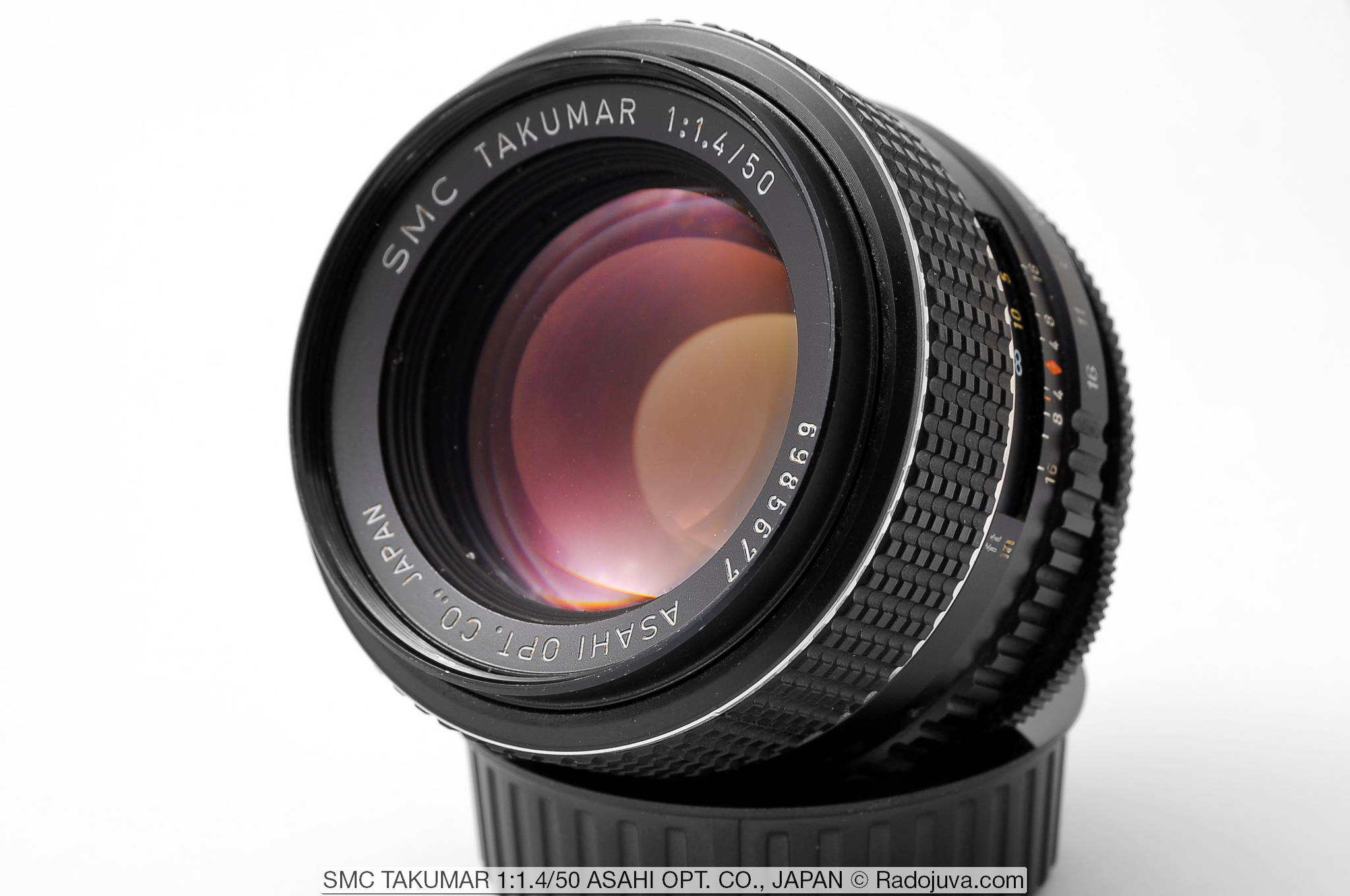
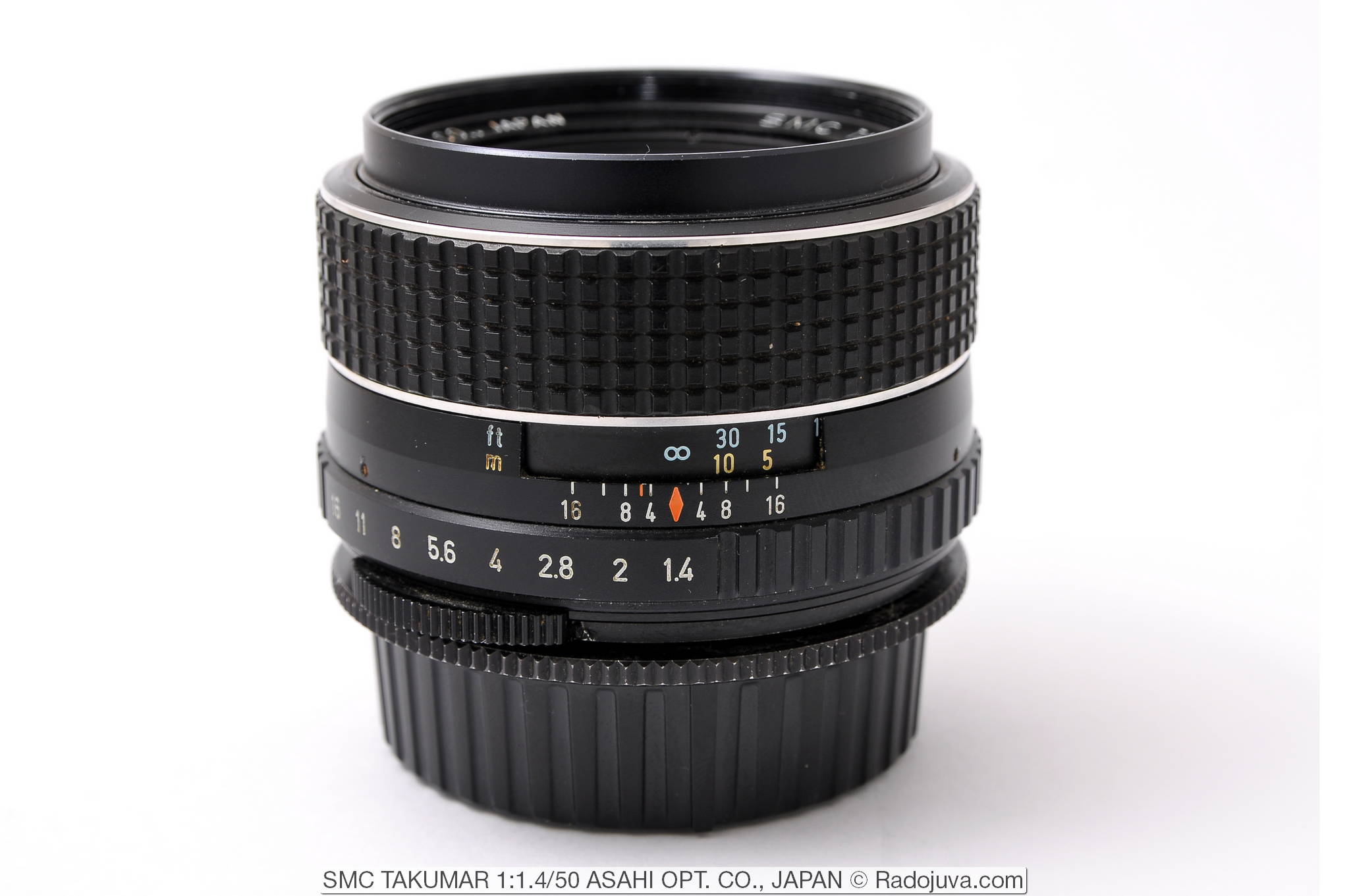
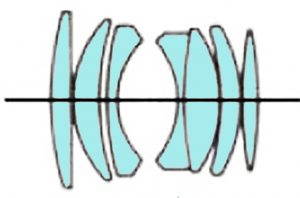
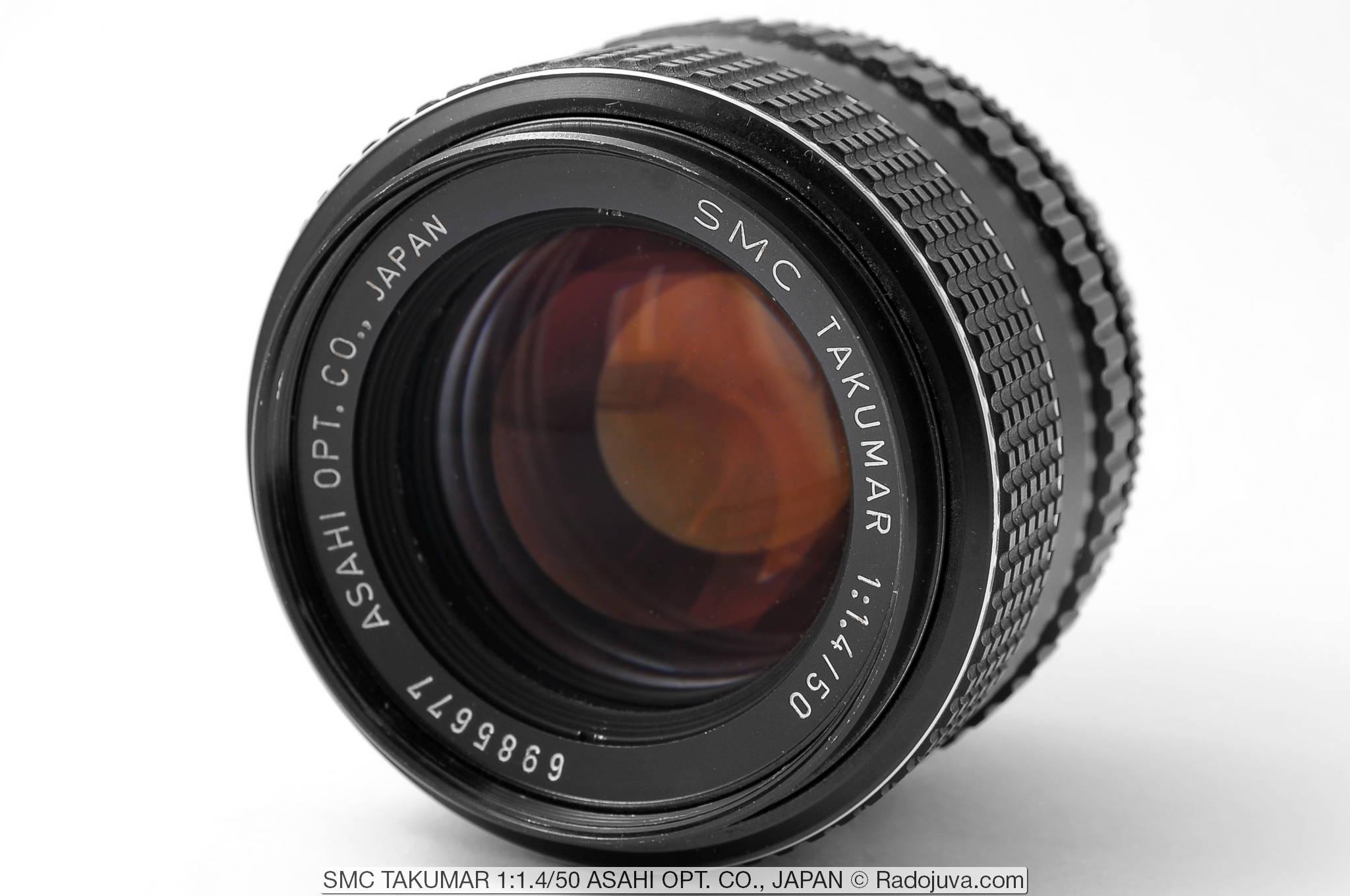
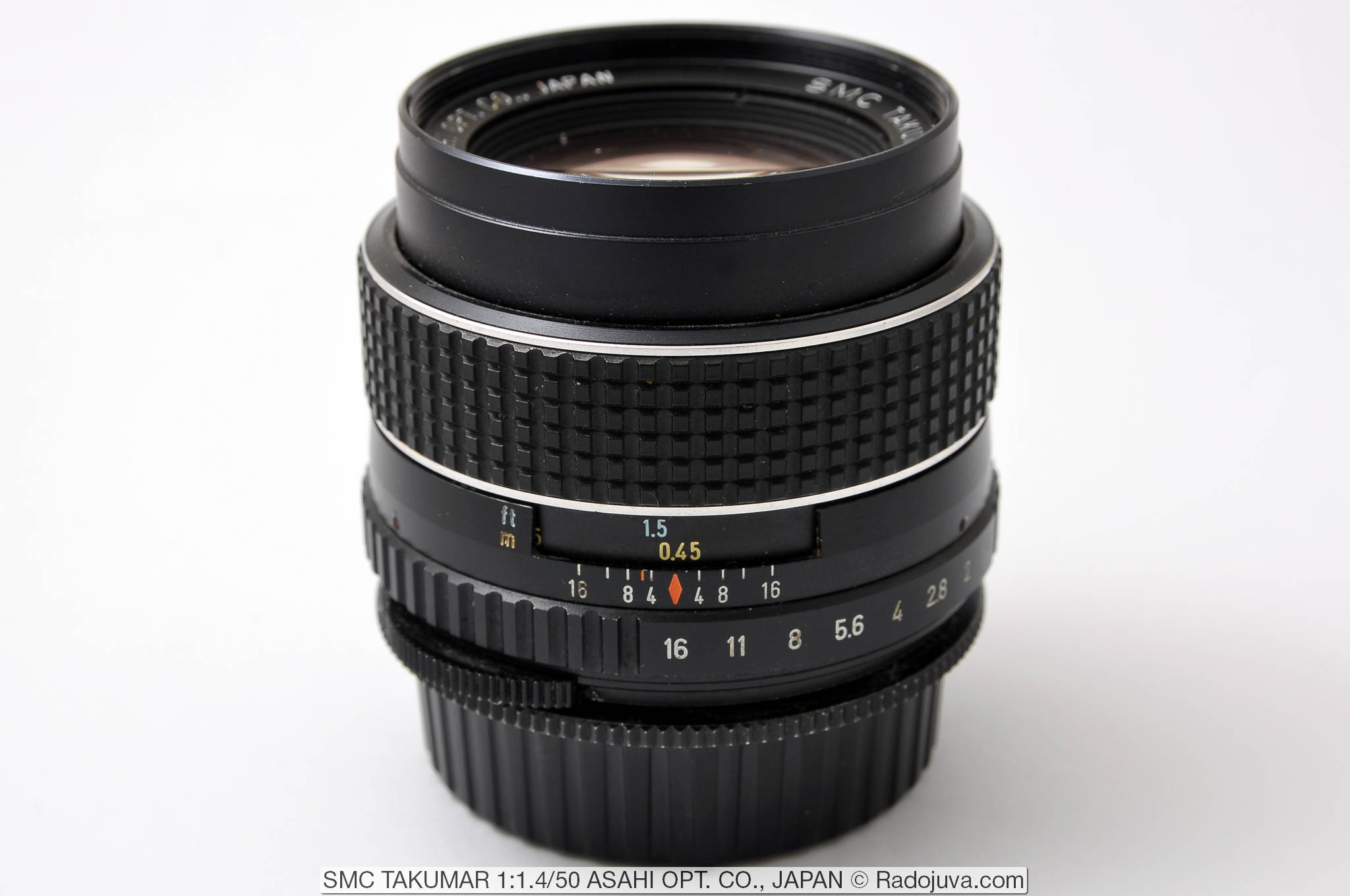
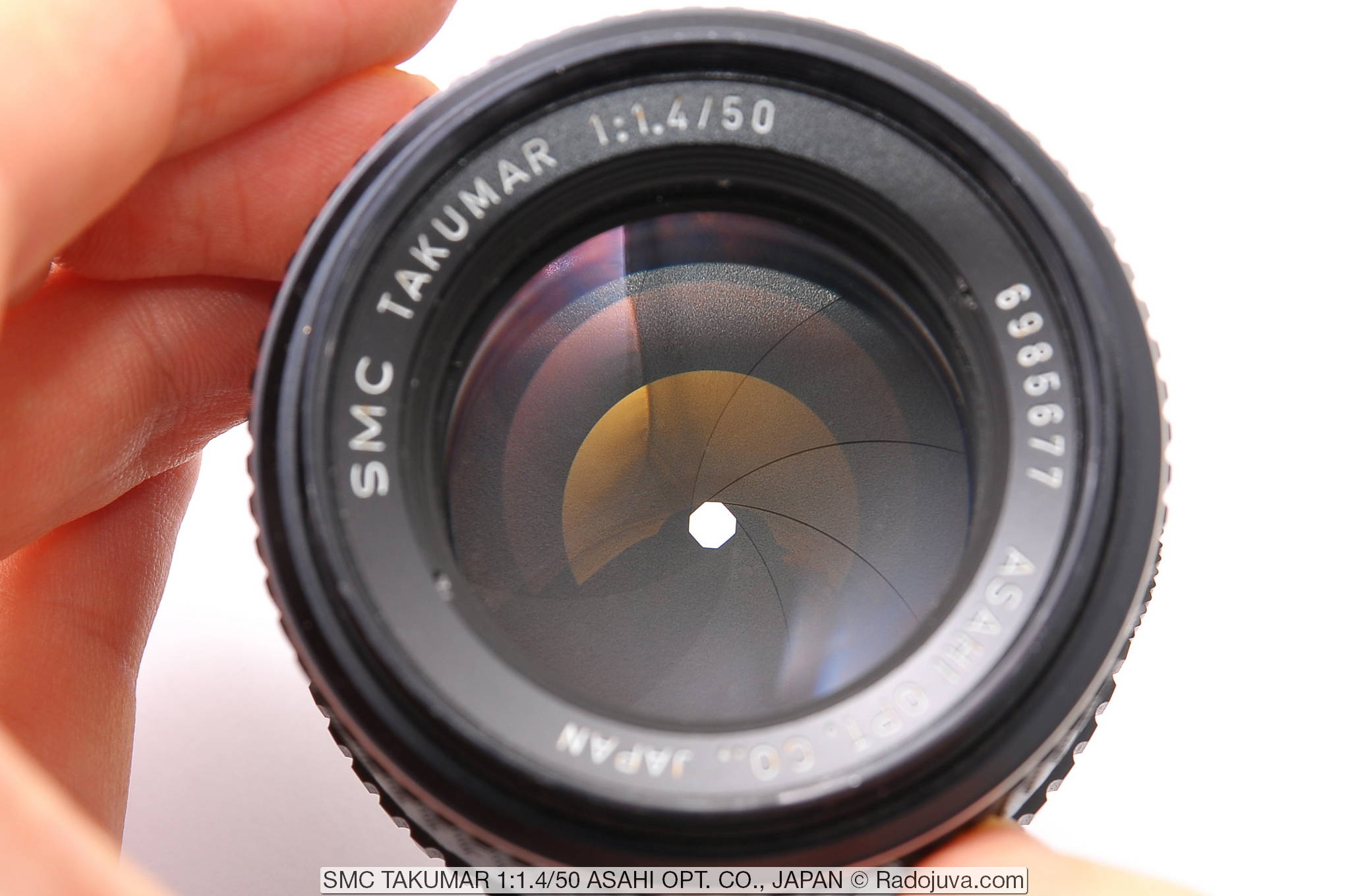

























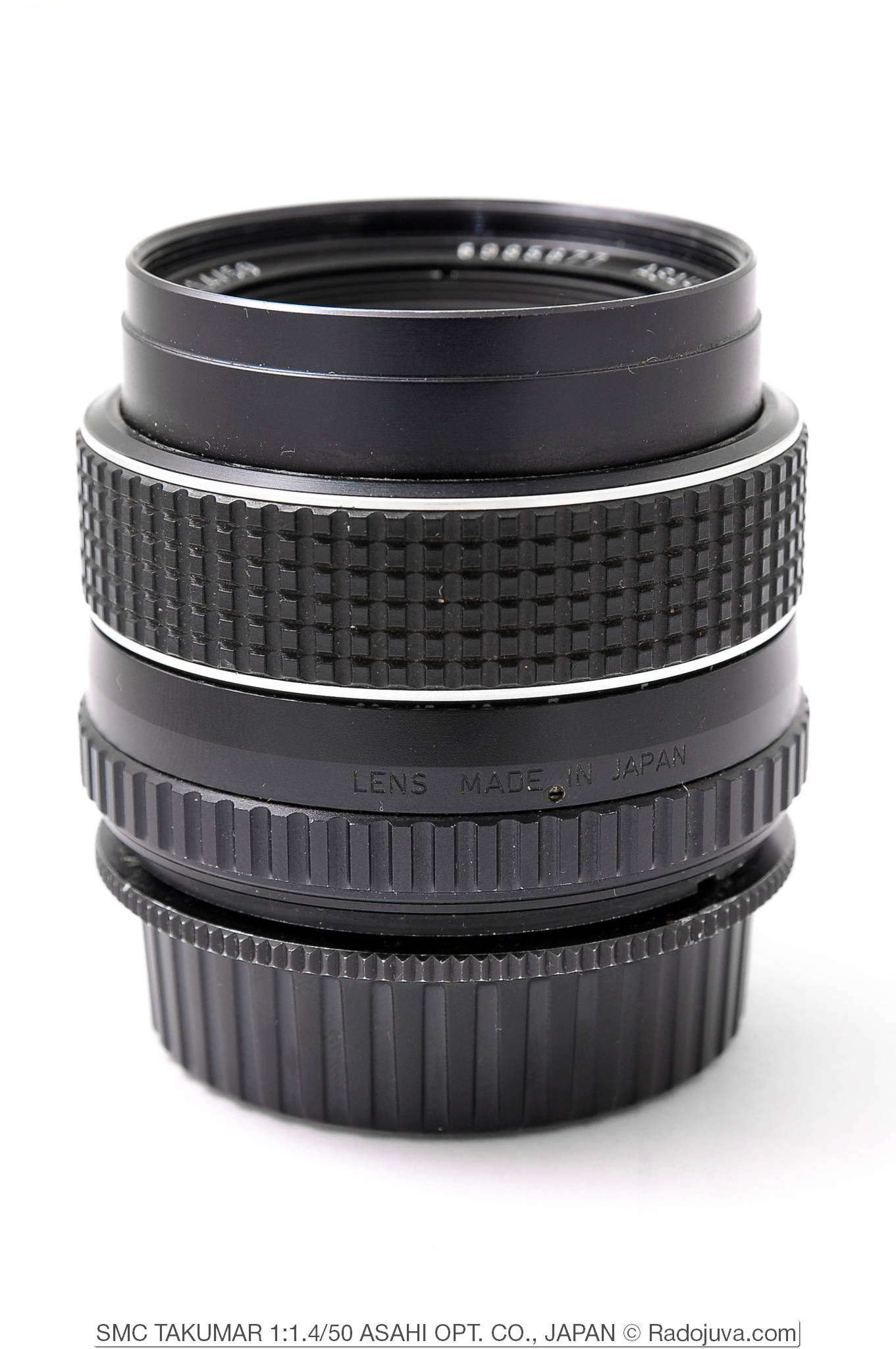

And where does the radiation background come from?
In my opinion, the drawing is too soft, if the FR would have been a perfect portrait :)
Times - http://www.youtube.com/watch?v=3ozOMssiP2E, two - http://www.youtube.com/watch?v=Ep8buYMLDV8, three - http://www.youtube.com/watch?v=YMOogiuks8w etc.
Thorium enlightenment of the rear lens :)
Thorium itself generally gives alpha decay, the main product of which is the radon isotope
Alpha radiation particles have a large mass and therefore quickly lose energy at a short distance, they are easily retained by the skin
Harm can only be the ingress of such material into the body ... so, if you do not intend to inhale the freshness of Japanese glass and are not ready to grind the lens in order to eat it, or inhale glass dust to obtain the power of the earth (here it seems to me faster die from the glass crumb itself :D ), then such glass does not harm you :)
PS You are more exposed to the sun;)
And if it’s even more, then a telephoto ... and if it’s still a mini-telescope ... and if it’s even then it won’t fit into a backpack
It turns out that this lens is dangerous in its own way with its radiation ... ..
Awesome drawing! my nikon 50 18 smokes aside
Hmmm ... the background radiation is interesting! Pocket Fukushima :)
Arkady! really liked the picture and colors
Tell me the brightness-contrast-color-sharpness settings of the Canon camera?
My Canon 350D is set to Setting 1, where all the brightness, contrast and sharpness settings are driven to the maximum.
Arkady, i.e. on a scale to the right?
Do I get it right?
Yes, to the right. But I have an old camera, for new cameras you need to select the parameters separately.
on 600D what parameters would you recommend? I can't get the same colors as here!
thank you very much in advance!
The color is highly dependent on the lens and on the White Balance settings, for example, in this review everything is shot with “Sunny” and “Shadow” WB, try experimenting.
about the radiation background, I do not agree! although there is thorium enlightenment, there is less harm from it than from a cell phone. especially when you consider that amateur photographers do not sleep in an embrace with their equipment
On one Takumar in A mode, the shutter speed is not mistaken, and in the other Takumar, the photo always turns out dark .. hmm, what could be ..
radiation hits the matrix
Don't tell me, what kind of radiation? Guys, here the vast majority are from Europe, and most of them in general from Ukraine, we all received such a dose of radiation in 86 that it’s all baby talk, the person from the last post writes correctly, we get a thousand times greater dose of radiation when we take x-rays, and using mobile phones we irradiate our head, mother don't worry....
Then he answered about radiation https://radojuva.com.ua/2013/07/auto-mamiya-sekor-1-4-55-mm/comment-page-1/#comment-34001 %)
One way or another, with two different household dosimeters at 1 cm from the glass, my friend and I measured about 1500-1600 micro-roentgens with a natural background of 12-20 ... by applying the dosimeter to the camera screen, we received 500-700 micro-roentgens.
it’s quite bearable on eBay, and if you compare it with the Kanonirov’s 50 / 1,4, it’s just for free, but still the thorium glass inspires fear, so for now I decided to stop at the lanthanum Zenitar M 50 / 1,7 (the old version, shoot with a remake for now didn't happen)
Arkady, thank you for “Radozhiva”, a guide to the sea of manual lenses, I look forward to reviewing the also very cult Supertakumar 28mm f / 3.5 (there is also an MS version of Super Multicoated - SMC in nature), I myself have it, but I can’t write reviews I can, but I want to know the opinion and, possibly, unknown features of the lens from a knowledgeable person, all the best
I'm also interested. The price reaches 600g. and few people upload pictures. I would like to be a staff member on the Olympus.
Harmful radiation is considered 25 millientgen.
Weather services are storming with 25 milli-roentgen and higher.
I gave such a lens to a friend who was flying to St. Petersburg to see her sister to take a picture ... So, when passing through the frame, it screamed so that everyone did not understand what was going on ... :)
I have such a ... frame with him you will not pass at the airport, collided (while checking the bag I put it in my pocket and went to the toilet. The staff was at a loss for what was ringing and stopped ringing.
Arkady, thank you for the review! I'm looking at this lens. The only thing is not clear: I found a couple of options on eBay - all with a six-bladed diaphragm, there will be “nuts” in the bokeh. And you have eight in your review. So there were different modifications?
I normally went through control of the plane twice. In different cities.
Good day!
Firstly, Arkady - many thanks for your work and this site! (I write for the first time, I read regularly).
Regarding radioactivity, etc., I came across this info briefly:
1.Super Takumar 50 / 1.4 of the first, earliest version (1964) -original optical formula (8 lenses, 7 groups, does not contain lenses with thorium, does not fonite, does not yellow). The lens has a single-layer coating with a golden sheen, (in contrast catches hares, often beautiful, and loses cotrast) in the diaphragm drive 6 blades facing the front lens. Nicknamed "Planar Killer". At that time, Pentax competed with Zeiss in 50 mm lenses, and quite successfully, this lens loses only to the Leukov sumicron, which is now 5 times more expensive.
From the next versions, the first Takumar is distinguished by excellent sharpness (in the center) with an open, softer bokeh, good micro-contrast. It is highly chromate in the open in the sun. The lens is quite rare because produced only 2 years. The differences in appearance are the rear lens protruding from the frame, the red mark for infrared shooting is located to the right of the number 4 aperture, has a weight of 245 grams versus 230 in subsequent versions, the first three digits in the number are up to 159, the second version went from 160 (unchecked infa) .
2. Super Takumar 50 / 1.4 of the second version (67g) - a new optical formula (7 lenses of 6 groups, contains a lens with thorium, because of this, phonite and yellow). It has the same single-layer enlightenment, and the same aperture drive (6 blades outward). Optically slightly worse than the first version, not as sharp with the open, otherwise the same as the first.
3.Super Takumar 50 / 1.4 (Super-Multi-Coated). The optical formula is identical to the second version. Has multi-enlightenment (7 layers). Keeps a good counter. The diaphragm drive has changed, now there are 8 petals facing the rear lens with their ends. There are no nuts in the bok up to F4-5.6, while on the first two versions they were already indicated at F2.8. Optical qualities as in the previous version, except for better contrast in backlight.
4. Super Takumar 50/1.4 (SMC) 1972 The optical formula is identical to the second version. Multi-enlightenment, 8 blades in the diaphragm drive. [B] Differs from previous versions with a rubberized focus ring. Practically does not turn yellow and does not fonite, tk. instead of thorium, lanthanum was used. [/ B] The latest version.
A less complete description of the versions.
Eugene, thanks for the detailed description. Sometimes I think about changing staff, because. in Helios-44m, sometimes the presence of sharpness only in the center on the open one strains.
I got myself such a lens. Very happy with them!!! Here are some photos taken with this lens + canon eos 50d http://fotki.yandex.ru/users/pawel241/album/419915/?p=0
An early version of the Super-Takumar (8 elements in 7 groups) for Asahi was expensive to manufacture, so it was decided to simplify the optical design. One of the natural questions that arises when looking at this line of models - how to distinguish an early version of Super-Takumar from a later one? It is necessary to pay attention to the depth of field scale on the lens barrel - near the f-number 4 on the scale there is a red stroke, if it is to the left of the number, then this is a late version of Super-Takumar, and if on the right it is an early one. In addition, the aperture operating mode switch in the earlier version has the designation М-А, while in the later version MAN-AUTO. An additional feature - the dot on the aperture ring denoting F / 2, is available only in the later version of the Super-Takumar (1967-1971).
Even in the very first version, the rear lens protrudes a little from the frame.
A week ago I bought the latest version of this lens. So far, the reverse (compared to Helios) direction of rotation of the focus ring is a bit unusual.
In my case, the first lens is the Supter-Takumar 1,4 / 50 - 8 lenses. I can give for the repair of 7 lenses for a look around. I am from Kiev.
Thank you so much for your work !!! I am happy to read your articles and listen to your comments. About a year ago, he became the owner of this lens. I have a Nikon camera, I knew that there would be problems with infinity. I played with the adapter with a corrective lens, but I realized that it kills all the virtues of this hero. At his own peril and risk, armed with a file, and a caliper with a pair of compasses and toothpaste .;) he sharpened this lens. Now take off and rejoice. Very pleased, of course, on 1.4 softit and insanely thin flu. But the picture is just a fairy tale. Thanks.
Hello. Thank you very much for your work. I read articles and reviews with great pleasure. Vadim, I have a request for you, could you tell me how you achieved infinity for Nikonan with this lens. I also want to do this. I would be very grateful. W.tisch@mail.ru
So if there is a phonite, then it's even good! Lanthanum and thorium glasses belong to the class of super-heavy crowns (glass of stk brands) with a high refractive index. And radium and other anti-reflective coatings containing radioactive substances have interesting parameters and are valuable from the point of view of optics. And regarding the danger of such lenses, we can say that they are dangerous only in words (everyone is afraid of this word - "radiation" - despite the fact that often we are surrounded by much more fluorescent objects and somehow normal), since they radiate forward and very a short distance (from 2 to 25 centimeters, then the radiation is scattered) and when used for its intended purpose, it does not pose any danger at all. Especially if you use some kind of protective glass or metal cover during transportation.
And yet, I would think twice before buying such a lens if you have a family, small children and / or plans to become / be a father. After all, radiation is radiation: its effects are unpredictable and especially dangerous for a child in the womb.
Radiation from such a lens is the lesser of evils that we face in our daily life. Look what we eat, drink, what we breathe - substances are harmful to health everywhere! And the huge amount of electro-magnetic fields? This lens, it seems, has alpha radiation, which, as already mentioned, is absent at a distance of 20-30cm, and if the glass is not eaten or taped to the body, then there will be no significant harm.
you have iron logic to buy radioactive glass in addition to what we eat and drink))))